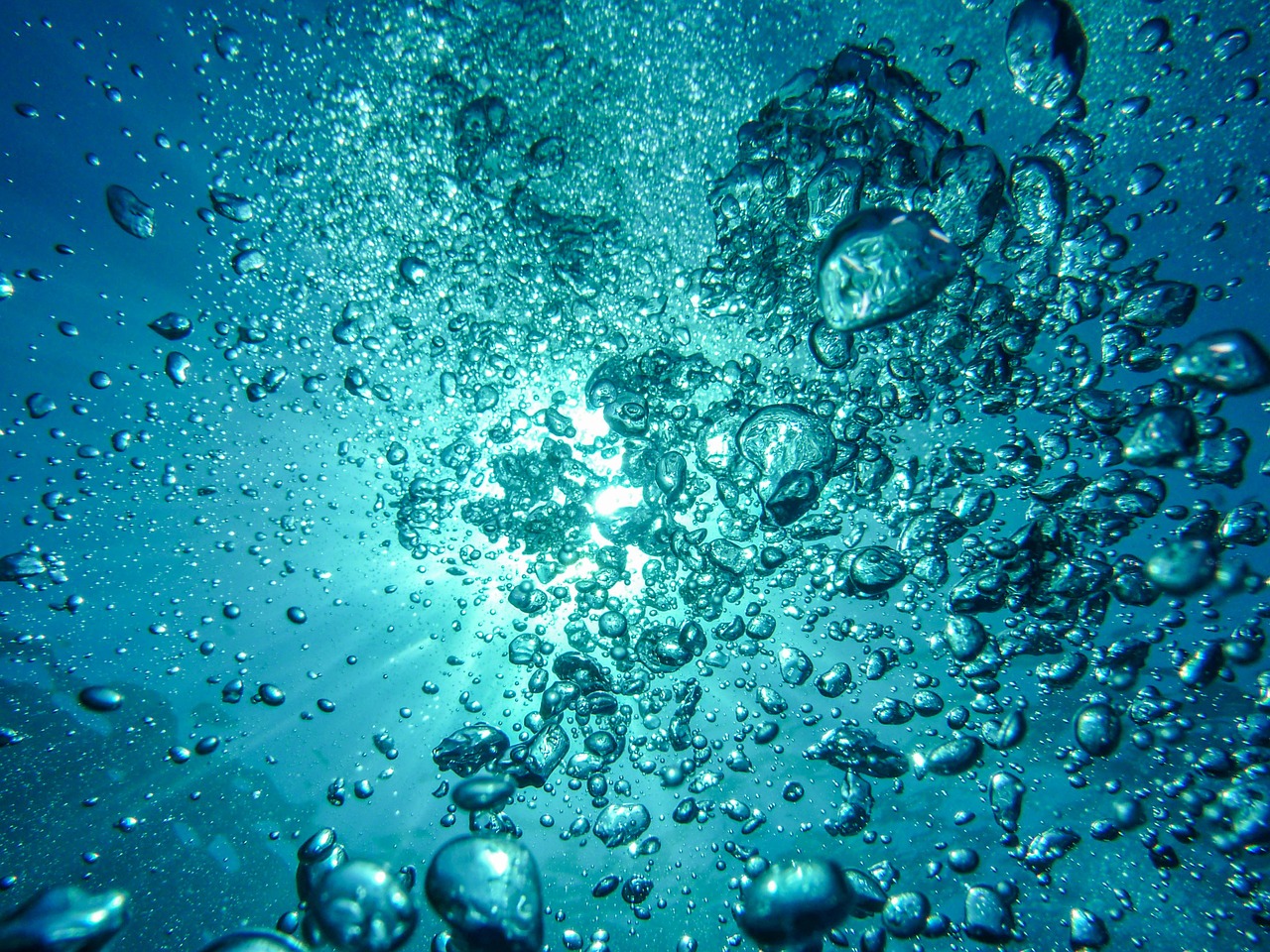
Hydrogen is a clean source of energy as its combustion only results in water vapor. This is unlike the situation with fossil fuels, wherein its combustion results in harmful byproducts during partial or complete oxidation. These harmful byproducts include gases that result in greenhouse effects and those that are known to affect the pulmonary and cardiac health of human beings. Hence, efficient hydrogen production is of value to find replacements for carbon-based energy sources.
Currently, the main source of industrial hydrogen production is steam reforming of fossil fuels. This process requires high temperature and, hence, is concomitant with the emission of pollutants including CO and CO2. Given the global abundance of water, hydrolytic agents — i.e materials that split water — which allow point-of-use, controlled and/or high throughput hydrogen production is of value to the current economy. The energy and power sector could find new means of efficient, low-energy footprint water-splitting processes of value.
Hydrogen production from water by the reaction of aluminum metal is well-known. However, use of Al metal and its derivatives are usually considered problematic. This is because these materials get passivated by the formation of an Al2O3 layer on their surface, which in turn impacts the rate of hydrolysis. In recent times, researchers have attempted to bypass this problem by using Al nanoparticles instead of Al metal; however, this process is rather chemistry-intensive. Storage of such Al nanoparticles is often a challenge; their stability until usage is ensured using additional capping agents which prevent the formation of the oxide layer.
In this work, Malek et. al from the Indian Institute of Technology Madras (IITM)have demonstrated an alternate approach. This approach is nano-enabled and bypasses the passivation-related problem. In fact, this approach has value since it enables the use of contaminated waters — specifically Hg-contaminated waters. Such waters are found in abundance near mines and are often in need of treatment. This approach would open up a way to treat them while also obtaining energy from such waters.
The rates of hydrogen production using the method developed by IITM is substantially high when compared to the use of bulk Al, due to the higher surface-area-to-volume ratio afforded by the nanoparticles. The Al-based alloy nanoparticles are generated in-situ, soon after which they yield hydrogen through water splitting (i.e hydrolysis).
It may be noted that most of the reports dealing with water splitting employ pure water. Hence, water splitting techniques that allow the use of (i) tap water, or/and (ii) contaminated wastewater is a relevant area of research for both energy and environmental science. In fact, the approach is relevant for point-of-use hydrogen production.
In their work, the team from IITM, comprised of Abdul Malek, Edamana Prasad and Tiju Thomas, have demonstrated an in situ co-reduction approach for hydrogen generation from mercury-contaminated water. Removal of mercury is enabled through this process naturally. This process simultaneously deals with sequestration and beneficiation of mercury with a record hydrogen production rate of 720 mL/min for 0.5 g of Al salt at room temperature (in lab scale). It was found that the in situ-formed nano-aluminum amalgam produces hydrogen at a higher rate (~720 mL/min per 0.5 g Al salt) than in situ-formed Al nanoparticles (600 mL/min per 0.5 g Al Salt). This means they can generate liters of hydrogen using their process in lab scale. This evidently calls for scaling up, which is what Malek et al are focusing on currently.
In their recent most paper on the work, they showed that the presence of mercury in contaminated water helps the formation of nano-alloys made of Al and Hg. These alloys have sufficient surface chemical heterogeneity that causes the formation of a nano-galvanic couple that split water, bypassing passivation successfully. The approach is evidently interesting to a whole host of industries, including those that specialize in water treatment and hydrogen production. The researchers involved are currently exploring scaling up of the process. They are happy to talk to industry partners who may be willing to use the generated knowledge. The authors are available via email for further discussions.
These findings are described in the article entitled Evidence of nano-galvanic couple formation on in-situ formed nano-aluminum amalgam surfaces for passivation-bypassed water splitting, recently published in the International Journal of Hydrogen Energy. This work was conducted by Abdul Malek, Tiju Thomas, and Edamana Prasad from the Indian Institute of Technology Madras.
References:
- Malek, A., E. Prasad, A. Subrahmanyam and T. Thomas (2017) Chimie douce hydrogen production from Hg contaminated water, with desirable throughput, and simultaneous Hg-removal. International Journal of Hydrogen Energy, 42 (24), 15724-15730.
- Malek, A. T. Thomas, and E. Prasad (2018) Evidence of Nano-galvanic Couple Formation on in-situ Formed Nano-aluminum amalgam Surfaces for Passivation-bypassed Water Splitting. International Journal of Hydrogen Energy, 43, 10878-10886.
- Malek, A. T. Thomas, and E. Prasad, “Hydrogen generation from waste water via galvanic corrosion of in-situ formed aluminum amalgam”, Indian Patent Office, Application No. 201641027502 (USA application No. PCT/IN2017/050334).









